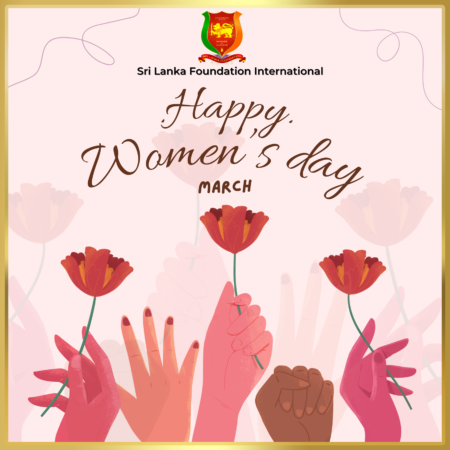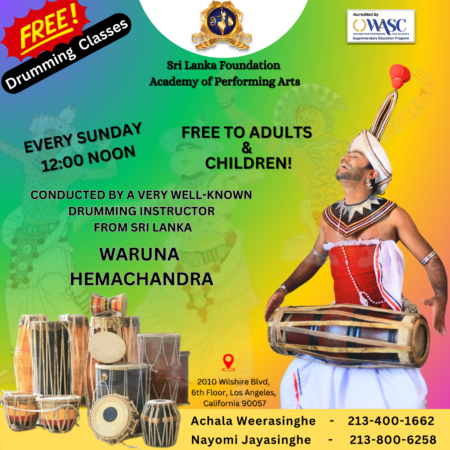The archeology team of Shanghai Museum will set off for Sri Lanka this month to launch archeological research in its harbor city Jaffna for about 40 days, aiming to boost the historical study of ancient China’s Maritime Silk Road.
Initiated by the joint efforts of Shanghai Museum and the Sri Lanka Central Cultural Foundation, the project is the museum’s first overseas trial, and their pottery and porcelain experts will also participate.
The entire project will last three to five years, carrying out archeological research at some important ancient harbor cities along the route of the Silk Road in Sri Lanka.
Shanghai Museum’s archeologists got fully prepared last year and this March to collect firsthand data. They undertook research on coastal cities such as Mantai, Trincomalee, Galle and many others and discovered a large amount of porcelain related with China.
Jaffna will be the first site the experts will be working on as it was one of the key links connecting China and South Asia in the days of yore.
“It’s the first time for Shanghai Museum to go overseas and conduct archeological research,” said archeologist and team leader Chen Jie. “The trip is about to find more precious relics, which will greatly help us study the Maritime Silk Road in terms of economics, culture and religion.”
Sri Lanka, located at the southernmost tip of the South Asian subcontinent on the South India Sea, was a vital shipping hub of the Maritime Silk Road that reached the Red Sea, the Persian Gulf, West Asia, Southeast Asia and the Far East. The trade and cultural exchanges between the island country and China started hundreds of years ago.
The earliest item found to be Chinese in Sri Lanka is a silk fragment, which can be dated back 2,000 years. Others include coins and porcelain.
In the Eastern Jin Dynasty (AD 317-420), monk Fa Xian arrived in Sri Lanka where he wrote the famous book “Country of Buddhas,” recording his journey to the south. During the Ming Dynasty (1368-1644), explorer Zheng He passed through Sri Lanka several times, leaving many relics, historic documents and legends, including a stone stele Zheng set, which was carved in three languages ─ Chinese, Persian and Tamil ─ as an emblem of China-Sri Lanka friendship.
All the relics found will belong to Sri Lanka, but exhibitions will be held in both countries after the project is completed.
Courtesy of www.shine.cn






















